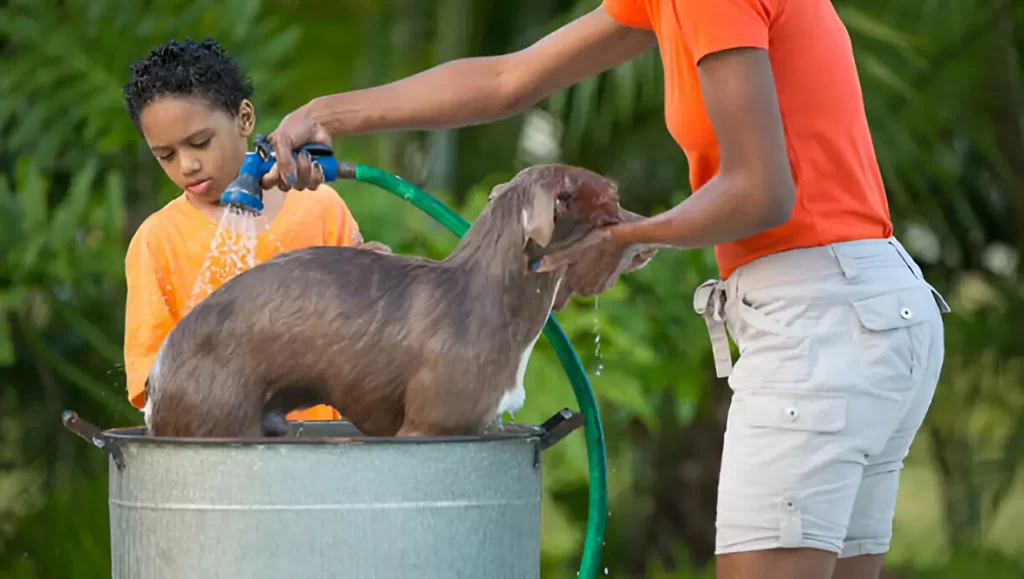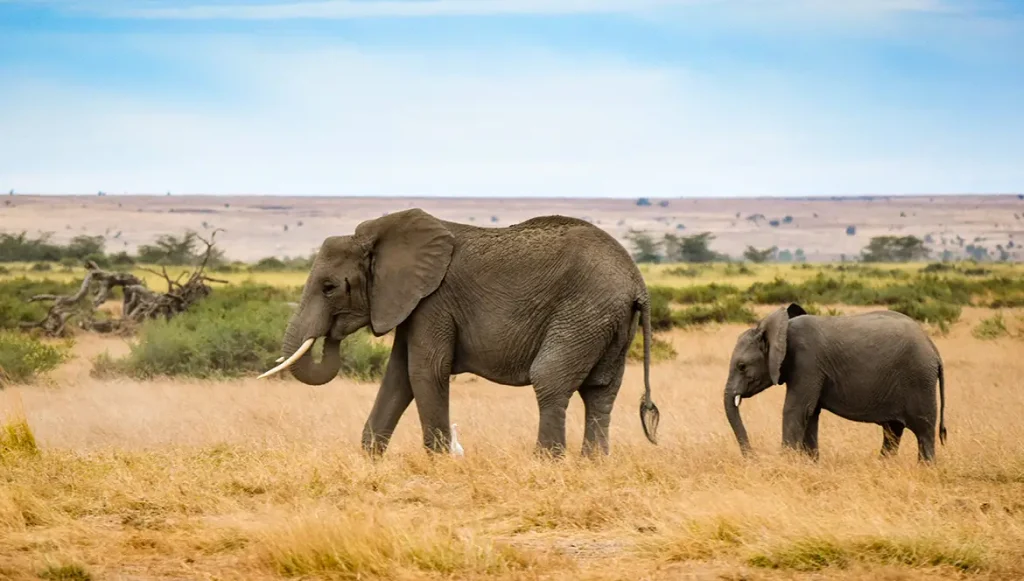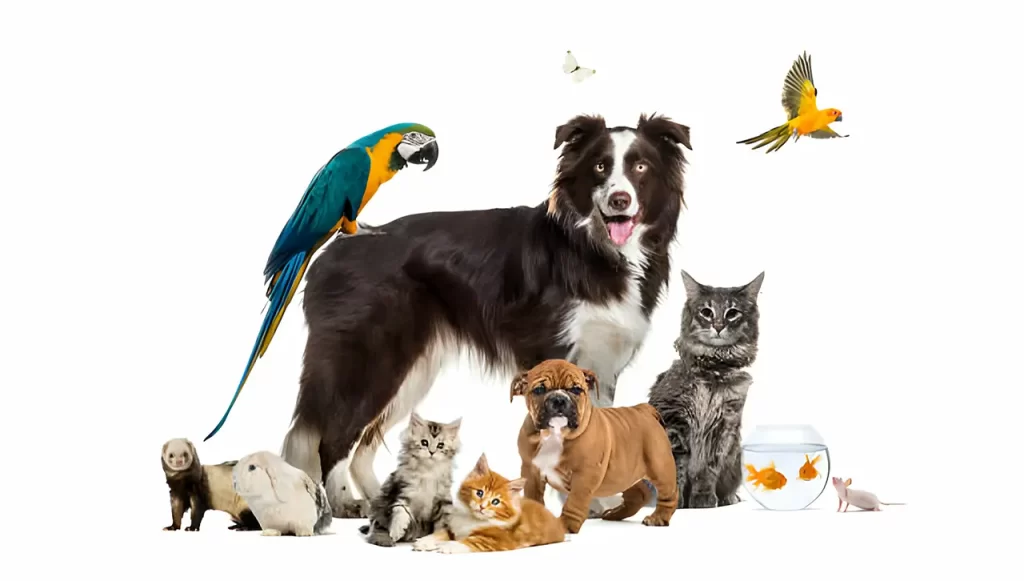On 10 May 2019, the article “Malnourished and abused lions in South Africa: bred for tourists and hunters” appeared in Il Messagero, an Italian newspaper. The country’s lions have, in fact, made global headlines and many international welfare experts are calling for their well-being to be addressed.
In accordance with sections 61 and 62 of the National Environmental Management: Biodiversity Act (Act No. 10 of 2004), the Scientific Authority is required to advise the Minister of the newly formed Department of Environmental, Forestry and Fisheries on the 2019 export quota for trade in the bones, bone pieces, bone products, claws, skeletons, skulls and teeth of lions for commercial purposes, which have been derived from captive breeding operations in South Africa.
In order that its recommendations and advice to the Minister are based on a scientific and professional review of all available information, members of the public have been invited to submit concise written scientific information or data, by email, hand or post before 15 June 2019, which will be assessed by the Scientific Authority. Interested and knowledgeable members of the public have also been invited to attend a stakeholder consultation meeting to discuss the matter, at the Department’s premises in Pretoria.
A SCANDAL
“The king is naked. Indeed, worse, he is sick and malnourished. He is doing so badly that he has also lost his fur. These are the dramatic conditions in which dozens and dozens of lions, including cubs, have been found on a farm in the North-West province of South Africa,” reported Il Messagero.
According to the Parliamentary Monitoring Group, many of our captive lions are in such a bad state that they battle to move. The problem is that of the 15 000 lions that live in our country, less than 3 000 exist in the wild; all the others, estimated at around 12 000 specimens, survive in captivity at South Africa’s approximately 200 farms.
Unfortunately, players in the big game market see lions as a significant source of income during their short lives: “As a cub, the little lion is usually taken from its mother so as to favour unnatural pairings and litters and is much appreciated by tourists for their classic ritual photo. Once grown up, lions become the prey to hunt for those who are fond of trophies and are willing to shell out thousands of dollars just to satisfy their desires… When deceased, the lion’s poor bones will be sold, at mind-boggling prices, to the Asian markets that will make potions and useless medicines out of them,” the Italian media source went on.
LIONS FIGHT BACK
In another incident, a four-year-old girl’s scalp was torn in a lion attack at a farm in Heilbron, Free State. Of the incident, her father told media his young daughter was in an induced coma and there would be a long road to recovery.
While the farm manager advised media that no permits had been withdrawn after the regretful incident and there was nothing apparently wrong with their security measures, such an awful incident could only have taken place – and caused such harm to an innocent child – in a situation where the lion was clearly traumatised by its state of captivity. This lion was seen jumping two meters into the air and managed to get its paws through the fence.
Tozie Zokufa, director for Regional Coordination for the Coalition of African Animal Welfare Organisations, commented: “When lions are kept in unnatural environments, surely they will display an angry behaviour. Our role is to ensure that these majestic cats are kept in the wild where they belong. It is unfortunate that a beautiful little girl was recently attacked. We call upon the soon-to-be-established High-Level Panel of Experts to consider the five basic freedoms of animal welfare when they embark upon their work.”
5 BASIC FREEDOMS OF ANIMAL WELFARE
- freedom from hunger and thirst
- freedom from discomfort
- freedom from pain, injury or disease
- freedom to express normal behaviour
- freedom from fear and distress






